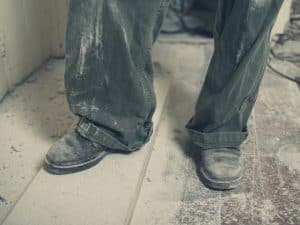 Recently a public relations firm has been promoting a statement about workers’ compensation and occupational asthma in support of the Australasian Asthma Conference. The statement was a timely reminder of the 2015 report – The Hidden Costs of Asthma. These documents are aimed at the management of asthma rather than the prevention but, coincidentally, the Australian Government entered some legislative amendments in Parliament that will help with the prevention of this important condition.
Recently a public relations firm has been promoting a statement about workers’ compensation and occupational asthma in support of the Australasian Asthma Conference. The statement was a timely reminder of the 2015 report – The Hidden Costs of Asthma. These documents are aimed at the management of asthma rather than the prevention but, coincidentally, the Australian Government entered some legislative amendments in Parliament that will help with the prevention of this important condition.
The

